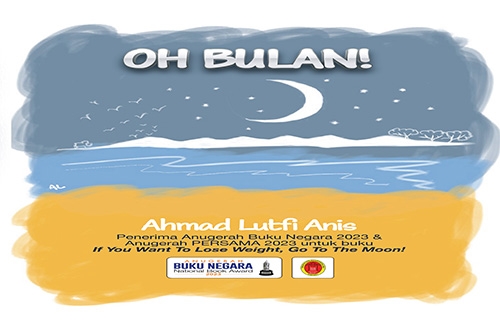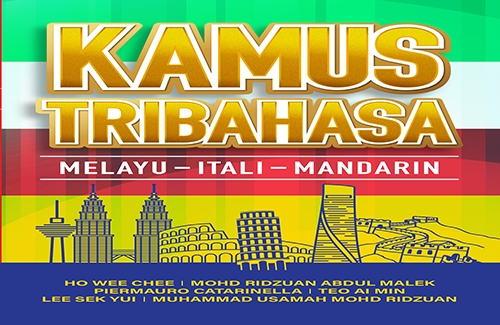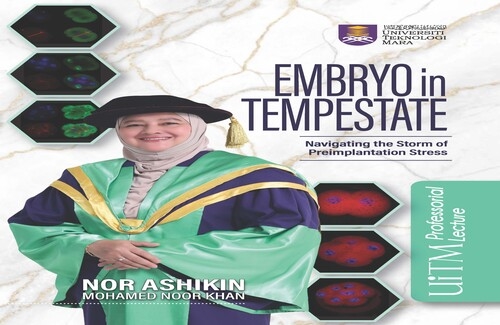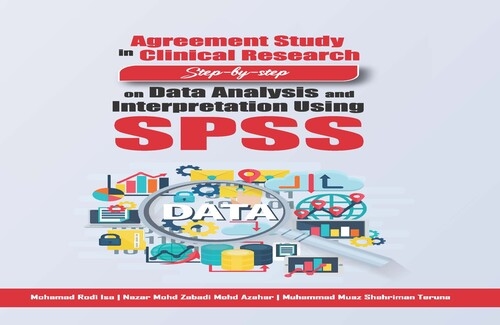Malay Cultural Landscape
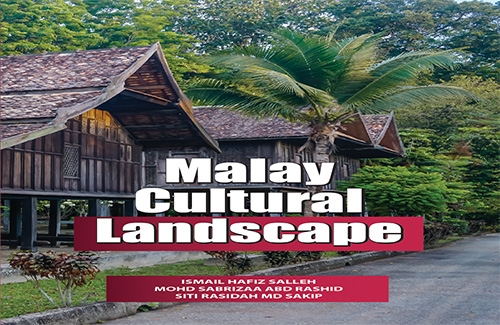
This book attempt to explore and understand the Malay through landscape. It is very important to comprehend the fundamental knowledge before leading to the main issues. Early part of the book discusses the holistic meaning of cultural landscape from various definitions and concepts. Next in chapter two, cultural landscape was deliberated from the historical dimension. The author brings the amazing of the landscape and gardens design from the past. Landscape characteristics from great civilizations are evidences of the activities from the way of life of its inhabitant that may reflect the beliefs, attitudes, traditions, and values of the whole community and leads to the ethnic identity or the ethnic signature. The exploration continues with chapter three through the discussion of landscape from the surrounding area of Malay Archipelago or the Malay World. This geographical area also known as Nusantara is the home of the Malay race.
With its population of almost 400 million it is an important to understand how the Malay cultural landscape was developed. The concept of a "Malay race" differs with that of the ethnic Malays centered on Malay Peninsula and parts of the Malay Archipelago's islands of Sumatra and Borneo. In chapter four the discussion led to the understanding of overall concept and philosophy of the Malay. The maincontent discusses the conceptual definition of traditional Malay villages through geographical settings and anthropologists' view. Particular attention was also given to the traditional landscapes, typologies, transformation, and heritage. A prominent position in the discussions was occupied by the question about the current issues and also the future of traditional or historical landscapes, their potential to trigger regional development.
As what the title sound, this book provides an introduction to Malay landscape. It would strengthen the theoretical and philosophy of the Malay landscape in particular and the Malay architecture in general. It is hoped that the reader would learn and understand further about the Malay culture and its surrounding. When we look into landscape it is important to know what can we learn from it. How the society has evolved, how cultural values has evolved and how tradition has evolved in shaping the community. As an introduction to Malay Landscape this book should be able to assist the reader to mold a new understanding in the area of discipline related to its body of knowledge.
Goals/Objectives
This book attempt to explore and understand the Malay through landscape. It is very important to comprehend the fundamental knowledge before leading to the main issues. Early part of the book discusses the holistic meaning of cultural landscape from various definitions and concepts. Next in chapter two, cultural landscape was deliberated from the historical dimension. The author brings the amazing of the landscape and gardens design from the past. Landscape characteristics from great civilizations are evidences of the activities from the way of life of its inhabitant that may reflect the beliefs, attitudes, traditions, and values of the whole community and leads to the ethnic identity or the ethnic signature. The exploration continues with chapter three through the discussion of landscape from the surrounding area of Malay Archipelago or the Malay World. This geographical area also known as Nusantara is the home of the Malay race.
With its population of almost 400 million it is an important to understand how the Malay cultural landscape was developed. The concept of a "Malay race" differs with that of the ethnic Malays centered on Malay Peninsula and parts of the Malay Archipelago's islands of Sumatra and Borneo. In chapter four the discussion led to the understanding of overall concept and philosophy of the Malay.
The main content discusses the conceptual definition of traditional Malay villages through geographical settings and anthropologists' view. Particular attention was also given to the traditional landscapes, typologies, transformation, and heritage. A prominent position in the discussions was occupied by the question about the current issues and also the future of traditional or historical landscapes, their potential to trigger regional development.
As what the title sound, this book provides an introduction to Malay landscape. It would strengthen the theoretical and philosophy of the Malay landscape in particular and the Malay architecture in general. It is hoped that the reader would learn and understand further about the Malay culture and its surrounding. When we look into landscape it is important to know what can we learn from it. How the society has evolved, how cultural values has evolved and how tradition has evolved in shaping the community. As an introduction to Malay Landscape this book should be able to assist the reader to mold a new understanding in the area of discipline related to its body of knowledge.
Instructor Biography
Ismail Hafiz Salleh completed his MSc in the Specialism of the Built Environment (Master by Research) at the Faculty of Architecture, Planning and Surveying, UiTM in 2017. He also received his Bachelor of Landscape Architecture (Hons) in 2011 and Diploma in Landscape Architecture from the same faculty and university in 2008. He was a Part-time-Full-time Lecturer (PTFT) at the Department of Landscape Architecture, UiTM Perak Branch since 2012 as well as Part-time Tutor at the Faculty of Architecture and Ekistics, Universiti Malaysia Kelantan. He also has been served as Graduate Intern cum Landscape Researcher and Part-time Tutor at the Department of Art and Design, Faculty of Art, Computing and Creative Industry Universiti Pendidikan Sultan Idris (UPSI), Tanjung Malim, Perak for Knowledge Transfer Programme (KTP) funded grant - The Edible Garden Project special for individuals with mental health problems, elderly and disable under the Psychosocial Rehabilitation Program (PSR), Klinik Kesihatan Tanjung Malim (KKTM) from 2014 to 2016. 3 years before, he was a Research Officer at the Centre for Knowledge & Understanding of Tropical Architecture & Interior (KUTAI), Faculty of Architecture, Planning and Surveying, UiTM Perak Branch under MOSTI eScienceFund research grant - Model Reka Bentuk Konsep Taman Melayu. With more than 7 years experience in research, lecturing and academic field, the authors are also members of Association of Malaysian Environment - Behaviour Researchers | AMER. Current research interest including advanced study across a range of spatial scales and cultural contexts in landscape architecture as well as ecological development.
Mohd Sabrizaa Abd Rashid is an Associate Professor of Interior Architecture in the Faculty of Architecture, Planning and Surveying, Universiti Teknologi MARA (UiTM) Perak Branch at Seri Iskandar campus, Malaysia. He currently leads the Centre for Knowledge & Understanding of Tropical Architecture & Interior (KUTAI). He obtained his PhD from the University of Science, Malaysia in Malay Arts & Architecture in 2008 after obtaining his Master in Interior Design from the Manchester Metropolitan University, United Kingdom. He is actively involved in research and consultation works in which he recently awarded the most active researcher of UiTM Perak Branch.. He has secured few research Grants including Fundamental Research Grant Scheme (FRGS), Knowledge Transfer Programme (KTP) from the Ministry of Education, Institut Darul Ridzuan (IDR), JPBD and few Perak State government grants and few consultations work in the area of vernacular architecture, heritage, conservation and Perak Malay Traditional architecture. His recent publication is 160 pages of a coffee table book entitled RUMAH KUTAI: DOCUMENTATION OF MEMORIES.
Siti Rasidah Md Sakip is a senior lecturer in UiTM. Graduated with PhD in Crime and the Environment in 2012 and MSc in Science Landscape Architecture in 2002. Received Bachelor's degree of Science Housing, Building & Planning (Interior Design) in 2000 from USM. Lecturing experience in UiTM, Perak Branch for 16 years in Department of Landscape Architecture. She is actively involved in research and consultation works in which he recently awarded the most active researcher of UiTM Perak Branch and awarded as a research trek in UiTM since 2015 to 2019. Received few grants from the MOE in the areas of crime and the environment and safe cities. Current research interests in CPTED, safe cities, landscape architecture & green development. Currently she is a leader in Green Safe Cities Research (GreSAFE) Interest Group (RIG) under the Green Technology and Sustainable Development (GSTD) Community of Research (CORE). She is a chief editorial for Malaysia Journal of Sustainable Environment (MySE) and she is involved in consultation work from local authority from various LA in Perak.
Related Courses
Copyright © 2025 MindAppz Sdn Bhd. All rights reserved.

